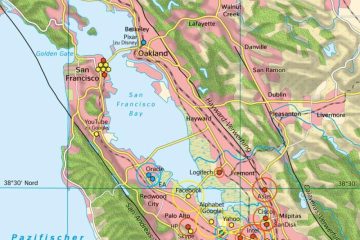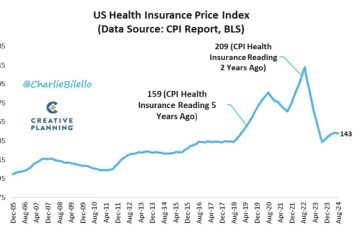Bangladesh: Navigating Economic Growth Amid Challenges

Introduction
Bangladesh, a South Asian country known for its rich cultural heritage and vibrant economy, has been gaining international attention due to its impressive economic growth over the past decade. While the nation has made significant strides, understanding the challenges it faces is crucial not only for its citizens but also for global economic observers.
Economic Growth Trends
According to the World Bank, Bangladesh’s GDP growth rate was an impressive 6.9% in 2022, bouncing back from a global economic slump caused by the COVID-19 pandemic. The country’s economy is primarily driven by its textile and garment sector, which accounts for around 80% of its exports. Additionally, the technology sector is rising, led by a young and dynamic workforce.
In recent years, foreign investment has surged, with multinational companies looking to capitalize on Bangladesh’s competitive labour costs and strategic location for trade. The government has implemented various economic reforms and infrastructure projects aimed at enhancing ease of doing business, further attracting foreign direct investment (FDI).
Challenges Ahead
Despite the optimistic economic outlook, Bangladesh faces several challenges that could hinder its growth trajectory. Climate change is a pressing issue, as the country is highly vulnerable to natural disasters such as floods and cyclones. The World Bank estimates that rising sea levels could displace millions of Bangladeshis in the coming decades, putting immense pressure on urban areas and resources.
Moreover, the country’s rapid urbanization brings challenges such as housing shortages, traffic congestion, and inadequate public services. This urban spike calls for significant investments in infrastructure and social services to ensure sustainable and inclusive growth.
Significance for the Future
Bangladesh’s continuing economic development holds lessons for other emerging economies. The country’s ability to adapt to changing conditions, invest in sustainability, and prioritize social welfare will be crucial for maintaining its growth trajectory. As it stands, the government’s vision 2041 aims to transform Bangladesh into a high-income economy by the year 2041, focusing on industrialization and technological advancement.
In conclusion, while Bangladesh has made remarkable progress in recent years, its path towards sustained growth will require addressing environmental, infrastructural, and social challenges head-on. Stakeholders, including policymakers, are urged to adopt inclusive and sustainable strategies to secure the country’s future economic stability and well-being.








